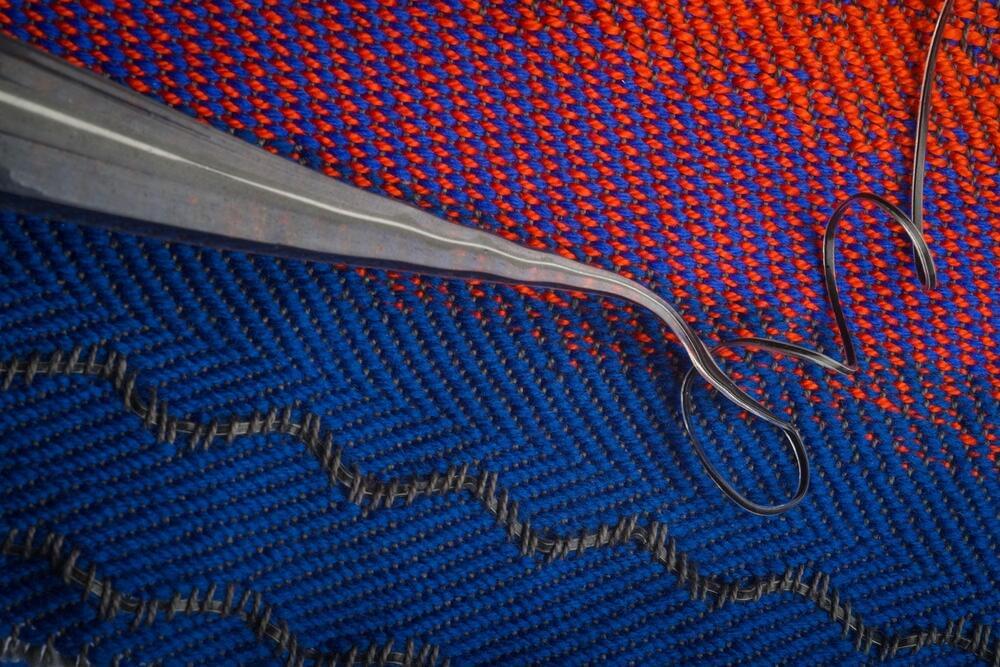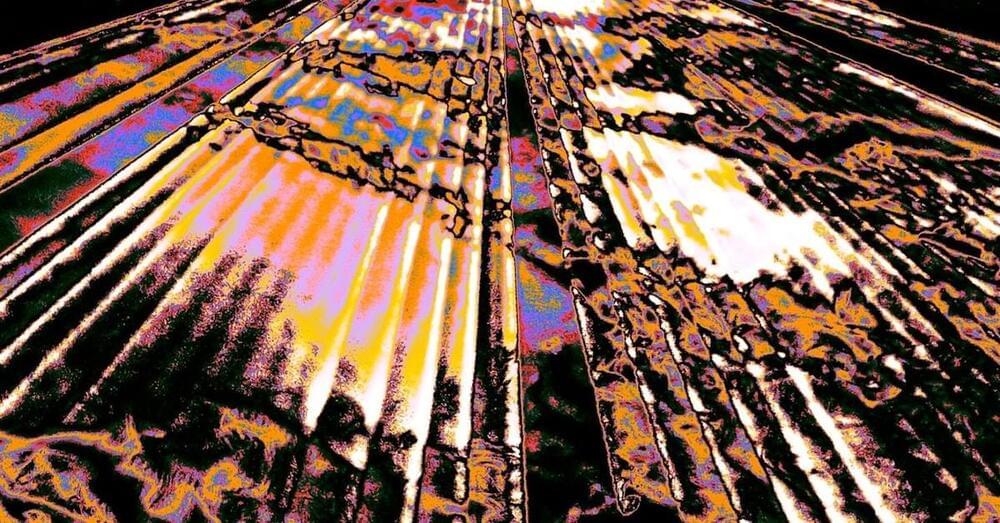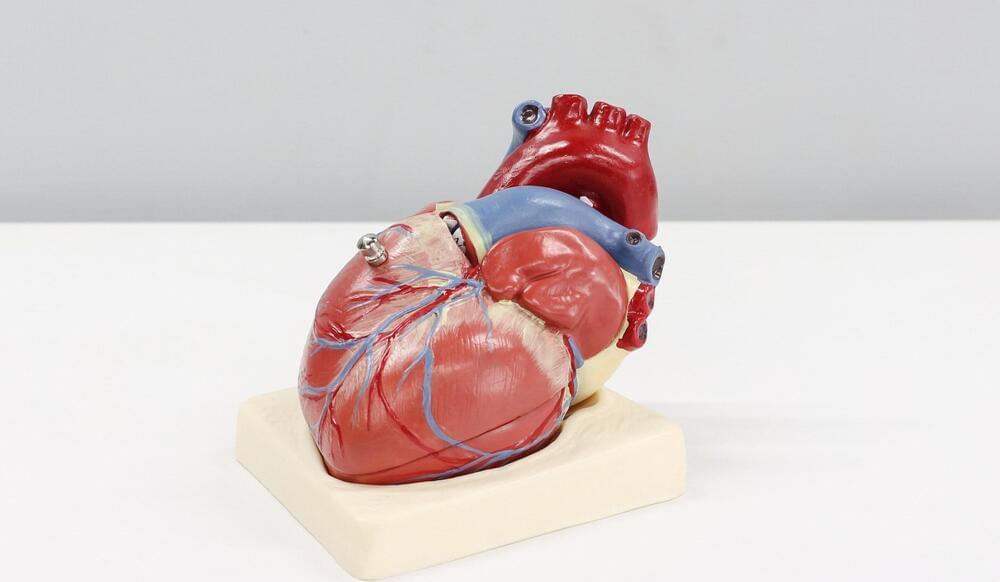Can alkaline water increase your lifespan?
There are many wild claims being thrown around regarding the health benefits of alkaline water. But what exactly is alkaline water, and can it help you live a longer, healthier life?

Low-cost robots that perfectly mimic parts of the human body foreshadow a future in which humanoid robots do all the work people don’t want.

Join us on Patreon! https://www.patreon.com/MichaelLustgartenPhD
Discount Links:
NAD+ Quantification: https://www.jinfiniti.com/intracellular-nad-test/
Use Code: ConquerAging At Checkout.
Green Tea: https://www.ochaandco.com/?ref=conqueraging.
Oral Microbiome: https://www.bristlehealth.com/?ref=michaellustgarten.
Epigenetic Testing: https://bit.ly/3Rken0n.
Use Code: CONQUERAGING!
At-Home Blood Testing: https://getquantify.io/mlustgarten.

Previously, astronomers had only detected three short-period ultracool dwarf binary systems. They were relatively young-up to 40 million years old. In a recent study, astrophysicists at Northwestern University and the University of California San Diego (UC San Diego) have discovered an extreme system: the tightest ultracool dwarf binary system ever observed.
This newly discovered system is known as LP 413-53AB. It consists of a pair of ultracool dwarfs. The system is estimated to be billions of years old. Surprisingly, its orbital period is at least three times shorter than all ultracool dwarf binaries discovered so far.
The proximity between the two stars is like this: they take less than one Earth day to revolve around each other. Each star’s “year” lasts just 17 hours.


Dr Jordan B Peterson and Dr. Del Paulhus delve deep into the Dark Tetrad: Machiavellianism, Narcissism, Psychopathy, and the newly added Sadism. From these four traits, researchers can quantify much of the darkness of humanity, and begin to study it in a way that yields numerical results, and the potential to make substantial predictions.
Dr. Delroy Paulhus is a personality researcher whose work in dark personality traits, via a variety of psychometric methods, has yielded measures of the Dark Tetrad. His work has also validated measures of socially desirable responding, perceived control, free will and determinism, and over-claiming. His work has been published in over 150 articles and books, and his current citation count exceeds 43,000.
Dr Peterson’s extensive catalog is available now on DailyWire+: https://utm.io/ueSXh.
- Sponsors
Black Rifle Coffee: Get 10% off your first order or Coffee Club subscription with code JORDAN: https://www.blackriflecoffee.com/
Birch Gold Group: Text “JORDAN” to 989,898 for your no-cost, no-obligation, FREE information kit.

At least, that was the assumption in the second half of the 19th century. This scenario became known as the “heat death” of the universe, and it seemed to be the nail in the coffin for any optimistic cosmology that promised, or even allowed, eternal life and consciousness. For example, one of the most popular cosmological models of the time was put forth by the evolutionary theorist Herbert Spencer, a contemporary of Charles Darwin who was actually more famous than him during their time. Spencer believed that the flow of energy through the universe was organizing it. He argued that biological evolution was just part of a larger process of cosmic evolution, and that life and human civilization were the current products of a process of continual cosmic complexification, which would ultimately lead to a state of maximal complexity, integration and balance among all things.
When the prominent Irish physicist John Tyndall told Spencer about the heat death hypothesis in a letter in 1858,” Spencer wrote him back to say it left him “staggered”: “Indeed, not seeing my way out of the conclusion, I remember being out of spirits for some days afterwards. I still feel unsettled about the matter.”
Things got even gloomier when the Austrian physicist Ludwig Boltzmann put forward a new statistical interpretation of the second law in the latter half of the 19th century. That was when the idea that the universe is growing more disordered came into the picture. Boltzmann took the classical version of the second law — that useful energy inevitably dissipates — and tried to give it a statistical explanation on the level of molecules colliding and spreading out. He used one of the simplest models possible: a gas confined to a box.

Transcatheter mitral valve repair for heart failure patients with mitral regurgitation can reduce the long-term rate of hospitalizations by almost 50 percent, and death by nearly 30 percent, compared with heart failure patients who don’t undergo the minimally invasive procedure.
These are the breakthrough findings from a new study led by a researcher from the Icahn School of Medicine at Mount Sinai. This multi-center trial is the largest trial to examine the safety and effectiveness of transcatheter mitral-valve repair in a heart failure population using Abbott’s MitraClip system. It shows this treatment option significantly improves outcomes for patients with heart failure that do not respond to conventional treatments.
The five-year results from the “Cardiovascular Outcomes Assessment of the MitraClip Percutaneous Device” study, or COAPT, were announced Sunday, March 5, in a Late Breaking Clinical Trial presentation at the American College of Cardiology Scientific Sessions Together with World Congress of Cardiology (ACC.23/WCC) in New Orleans, and published in The New England Journal of Medicine.